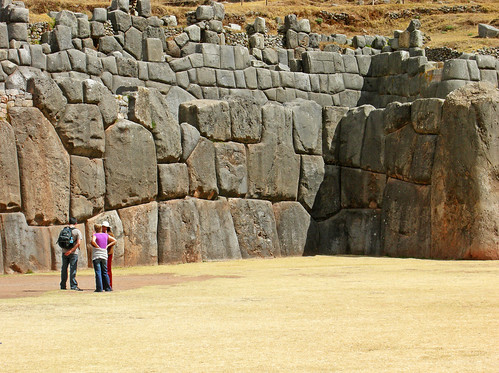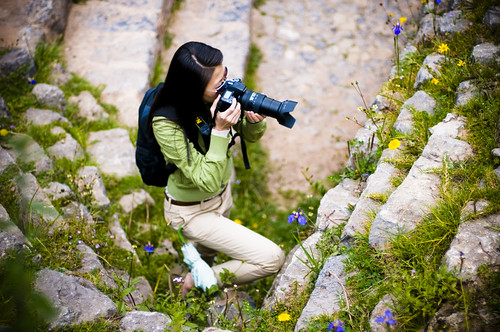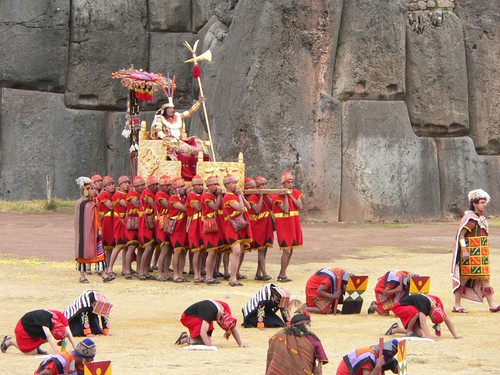
North of Cusco in Peru’s beautiful land, and as custodian of the holy city Cyclops, is the palace fortress of Sacsayhuaman. He can be reached on foot in half an hour or roadway with a distance of three kilometers. Can be seen from the road as Qolqampata Inca ruins and the temple of San Cristobal.
Levels one and two of the fortress of Sacsayhuaman:
The chronicler Garcilaso de la Vega is the one who has argued that the fortress was built in the time of the Incas, about 1.400 during the reign of the Inca Tupac Yupanqui, but may have had an earlier onset.
According to historian Markham, there is no building in the world of its kind to compare with, and Hiram Bingham, is the greatest work of American old man. It is clear that the strength wonders and surprises the most skeptical. The grandeur of the moles that form its walls, suggests to many that was built by a race of giants or of beings from space who were determined to do such work.

The first platform of the fortress, that faces the esplanade of Sacsayhuaman, is built with huge stone blocks, reaching one to 9 feet high by 5 wide and 4 in thickness, whose weight is estimated at 361 tonnes. The granite blocks with 5 meters high and 10 wide, are common. This wall is set in a zigzag with their angles.
The second platforms, like the first, have their angles that match perfectly with the first. Finally we have the third platform where there were three towers called: Muyoc trademark (exhibition round) Sallaj mark (enclosure with water) and Pauccara make (beautiful campus). Currently there are remains of three towers, in the northwest section of the fortress. The walls that gave face to the city of Cuzco, there are few remains, that as subsequent invoice and with carved stones and smaller, were send towards the city in the colonial period, for the construction of temples and houses the Spanish.

According to the tradition recorded by the chronicler Garcilaso in Muyoc strong brand, there was a fountain of crystal water brought by underground siphon system. Can still be seen traces of water channels and are elaborately carved in different directions. In addition, the tower was adorned with gold pieces, because it was believed that this building was grazed the sun’s rays
Across the esplanade of Sacsayhuaman, opposite the fort, visitors can see many ruins, carved rocks, etc.., Forming seats, steps and variety of figures. Among these, there are also the so-called Throne of the Inca who is fronting the esplanade and which are believed was the site where the Inca, accompanied by his court, witnessed the events that took place, including festivals Waraqa, where all teenagers and young princes were subjected to various tests of cunning, agility and character, to use the Wara (suit, symbol of virility).
You can also see many stones carved in the form of temples. According Ondegardo Pole for a distance of four miles around there were 333 of these shrines.
As a curiosity for visitors going to mention the tradition of stone tired. This stone, it was said, was brought in to integrate a wall of the fortress. Its mass, calculated according to Squier, could not be less than 1,000 tons.

We wish them bon voyage!
Leave a Reply
You must be logged in to post a comment.
Recent Comments